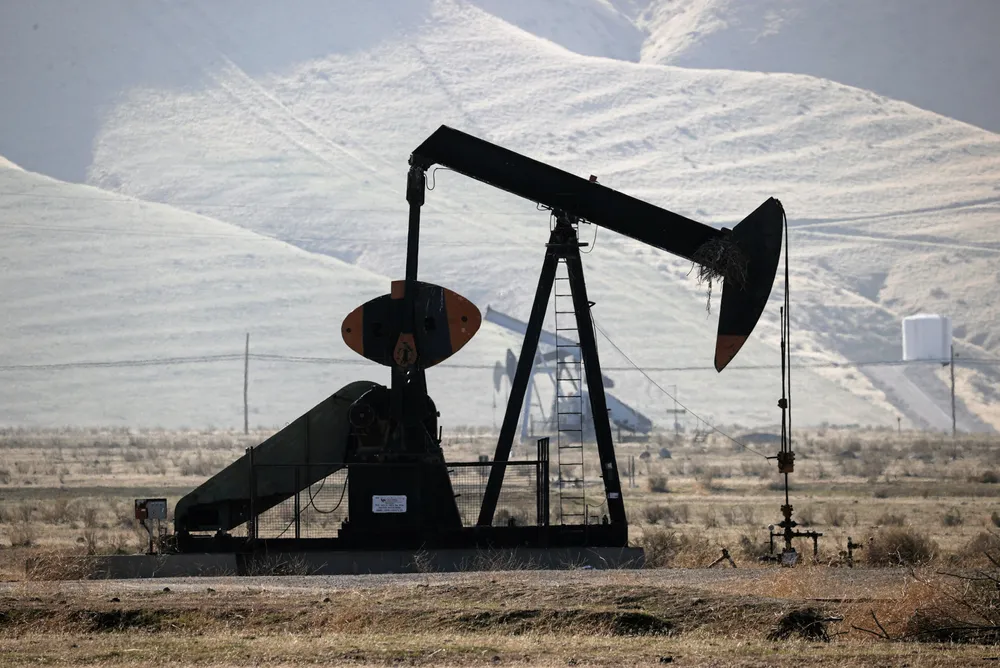California’s 'first' blue hydrogen project edges forward with carbon capture agreement
Oklahoma firm signs CO2 sequestration deal with local oil producer, paving the way for final investment decision by 2023

Oklahoma firm signs CO2 sequestration deal with local oil producer, paving the way for final investment decision by 2023
